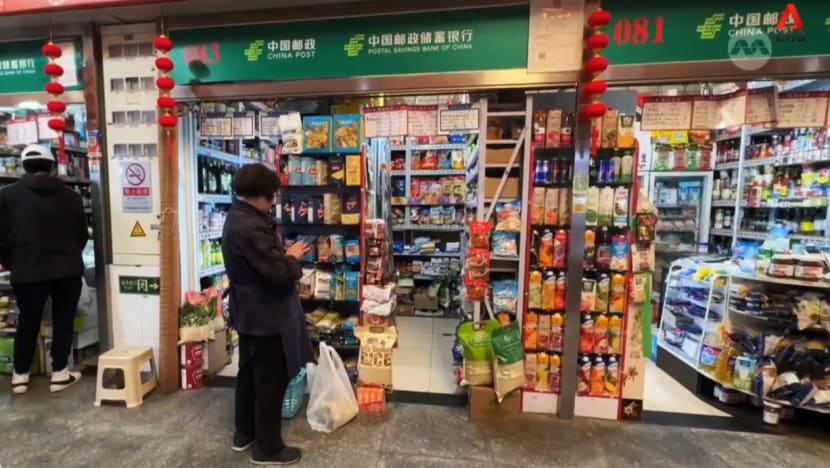How Ukrainian Folk Art Became a Tool of Resistance Against Russia
[ad_1]

Last year, when I was writing my dissertation on the history of Ukrainian folk, my research found a repeated pattern: Despite long histories of suppression, erasure, and destruction, Ukrainian people often used folk art as a tool of resistance and a symbol of hope and preservation. During the Soviet era, artists found sly ways to incorporate folk art into their work, despite the possibility of serious consequences. During the Euromaidan revolution, vyshyvankas (traditional Ukrainian embroidered shirts) became extremely popular and are now a part of daily fashion, despite the garment’s history of marginalization and association with “the other.” Now, over 100 days since the war began, there is a resurgence of Ukrainian folk art symbols throughout media, art, and everyday Ukrainian life. And for the first time, the international community is using Ukrainian folk art to show solidarity with the Ukrainian people. Ukrainian people are responding to the war in similar ways they have responded to oppression, war, and famine throughout Ukrainian history: They are using folk art, music, traditions, and practices to bring together communities, resist the war, and foster hope.
Pysanky are one of the most recognizable Ukrainian folk art forms. The decorative eggs are an indigenous art associated with Carpatho-Rusyn women in Western Ukraine; they were often planted in the ground to encourage fertility and growth. The legend goes that the fate of the world depended on the pysanka. Each year, an evil monster, chained to a mountain cliff, sent his henchmen to see how many pysanky were created in the land. If the number of pysanky was high, then the monster’s chains would tighten up. If the number of pysanky went down, then the monster would be unleashed to sow destruction. As long as Ukrainians continue to create pysanky, the world continues to exist.
Sofika Zielyk, a Ukrainian ethnographer and pysanka artist, has organized the exhibition The Pysanka: A Symbol of Hope at the Ukrainian Institute of America in New York. Zielyk collected the eggs from contributes, some children, from around the world. Once the war is over, the eggs will be taken to Ukraine and planted in the soil, to help rebuild and fertilize Ukraine, in line with the ancient tradition. The religious meaning behind the eggs meant that the craft was banned during the USSR and the art of pysanky almost disappeared. However, the Ukrainian diaspora kept the practice alive. Now, as Ukrainian culture is once again under threat of being permanently erased, pysanka are gaining a new meaning.
Ukrainian artists are also increasingly highlighting and integrating folk art practices and motifs into their anti-war art. Olya Haydamaka is a Kyiv-based illustrator whose work is influenced by traditional clothing. As a response to the Russian invasion, Haydamaka has created multiple illustrations of women in traditional clothing acting as protectors and healers of Ukraine. In “Чернігів. Сильне коріння. (Chernihiv. Strong Roots.)” (2022), Haydamka responds to the particularly brutal attacks on Chernihiv in northern Ukraine. The woman wears a traditional embroidered vyshyvanka with exaggerated embroidered sleeves, along with a traditional red coral namysto (necklace). The iconic St. Catherine’s Church levitates in the air, with deep red roots dangling under it. This piece not only highlights Ukrainian folk clothing but also elevates the clothes to be otherworldly and “healing.” This is in stark contrast to the symbol of otherness that Soviet propaganda and policy gave to traditional Ukrainian clothing.
Danylo Movchan, a contemporary painter from Kyiv, created “Struggle” (2022) in response to news that 25 paintings by Maria Pryimachenko, Ukraine’s most loved folk artist, had been destroyed. In this work, Movchan painted a Pryimachenko-inspired creature in yellow and blue, with a tongue that attacks a dark figure to the right of the composition. Movchan uses the recognizable Pryimachenko figure to represent Ukraine and its strength and fighting spirit against Russia.
It was not just Ukrainian artists who were impacted by the destruction of Pryimachenko’s works. The international community has also used her illustrations to show solidarity with the Ukrainian people. The group Justice Murals, which uses the medium of murals to inspire change and action, partnered with the Ukrainian Institute to project Pryimachenko works on buildings in California. Murals featuring Pryimachenko’s work were showcased in Oakland and San Francisco, with a text that read: “Art bombed by Putin. Boycott Russia.”
The international music community is also seeking inspiration from Ukrainian folk art. Florence Welch of Florence and the Machine has recently released a new music video entitled “Free,” featuring the British actor Bill Nighy. In parts of the video, Nighy and Welsh can be seen seated in front of a backdrop of petrykivka-style flowers, painted by Ukrainian artist Katerina Konovalova. At the end of the music video, Florence Welsh makes the connection between the title, the Ukrainian folk art paintings, and the war by dedicating the song to “the spirit, creativity, and perseverance of our brave Ukrainian friends.”
Ukrainian folk art has been neglected, suppressed, and erased. But now, people are recognizing how intertwined Ukrainian folk art is with Ukraine’s fight for sovereignty and independence. As the atrocities of Bucha, Chernihiv, and Mariupol are revealed, Russia’s intentions have also become clearer. Based on Russia’s long history of imperialism and colonialism, this war is yet another attempt to erase the Ukrainian people, our culture, our history, and our language. Ukrainian folk art must continue to be a tool of resistance before it, too, is erased forever.
[ad_2]
Source link





